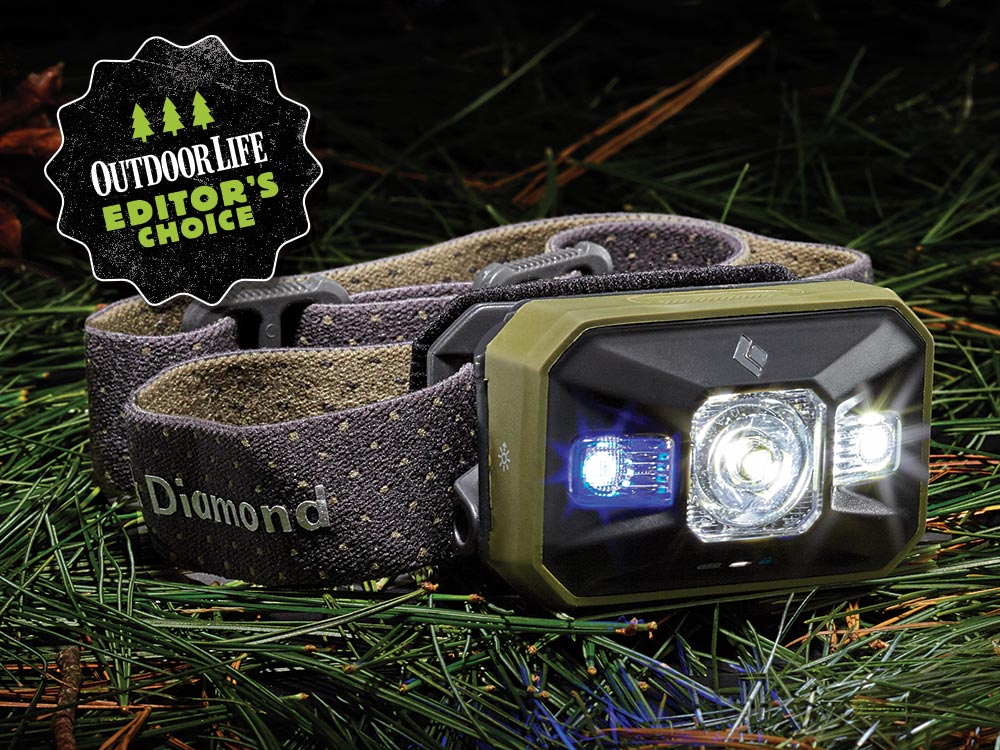We may earn revenue from the products available on this page and participate in affiliate programs. Learn More ›

We invited manufacturers to send their newest model for review. Each light output test was conducted with fresh alkaline batteries (except for the Foxelli, which was charged until full). Scores were awarded in 10 categories.
Beam distance reflects the yardage at which large lettered signs became legible under the max intensity.
Brightness was determined by taking light-meter readings (lux) at 10 yards.
Flood area reflects peripheral-vision quality and visibility of near-field tasks.
Runtime was determined according to ANSI FL-1 standards (battery life is considered over when light output is 10 percent of original output). We used the brightest white-light modes and recorded lux over time (at 1 yard) and rounded to the quarter hour.
Adjustability rewards features like multiple light modes, dimming, and battery-saving functionality.
Comfort quantifies the ergonomics of the forehead plate and headband.
Durability reflects quality of construction. We dropped the headlamps from various heights and submerged every unit in water for at least one second and waterproof units for 30 minutes.
Ease of use reflects how intuitive each model was to operate. We used bare and gloved hands to test controls, change batteries, and turn on units in the dark.
Weight measures each unit with batteries and rewards lighter models for packing and wearing ease.
Value reflects the best bang for your buck.



Alkaline vs. Lithium-Ion

You don’t charge your phone with alkaline batteries, so why should you use them in your headlamp? It’s a fair question. Lithium-ion batteries last longer, and will theoretically save you money over time since you can recharge instead of replace them (although lithium battery life shortens with repeated charge cycles). Fortunately, you don’t have to commit to rechargable batteries when you buy a headlamp. The Browning, Coast, and Petzl lamps operate with USB-compatible lithium-ion batteries and alkaline batteries. That way you can choose to recharge when you’re near civilization, and throw spare, cheaper alkaline batteries in your pack for sustained off-the-grid adventures.
If you’re looking for extended reviews, more data charts, and answers to questions like, “What’s the difference between lux and lumens?” you can find them at outdoorlife.com/headlamps


